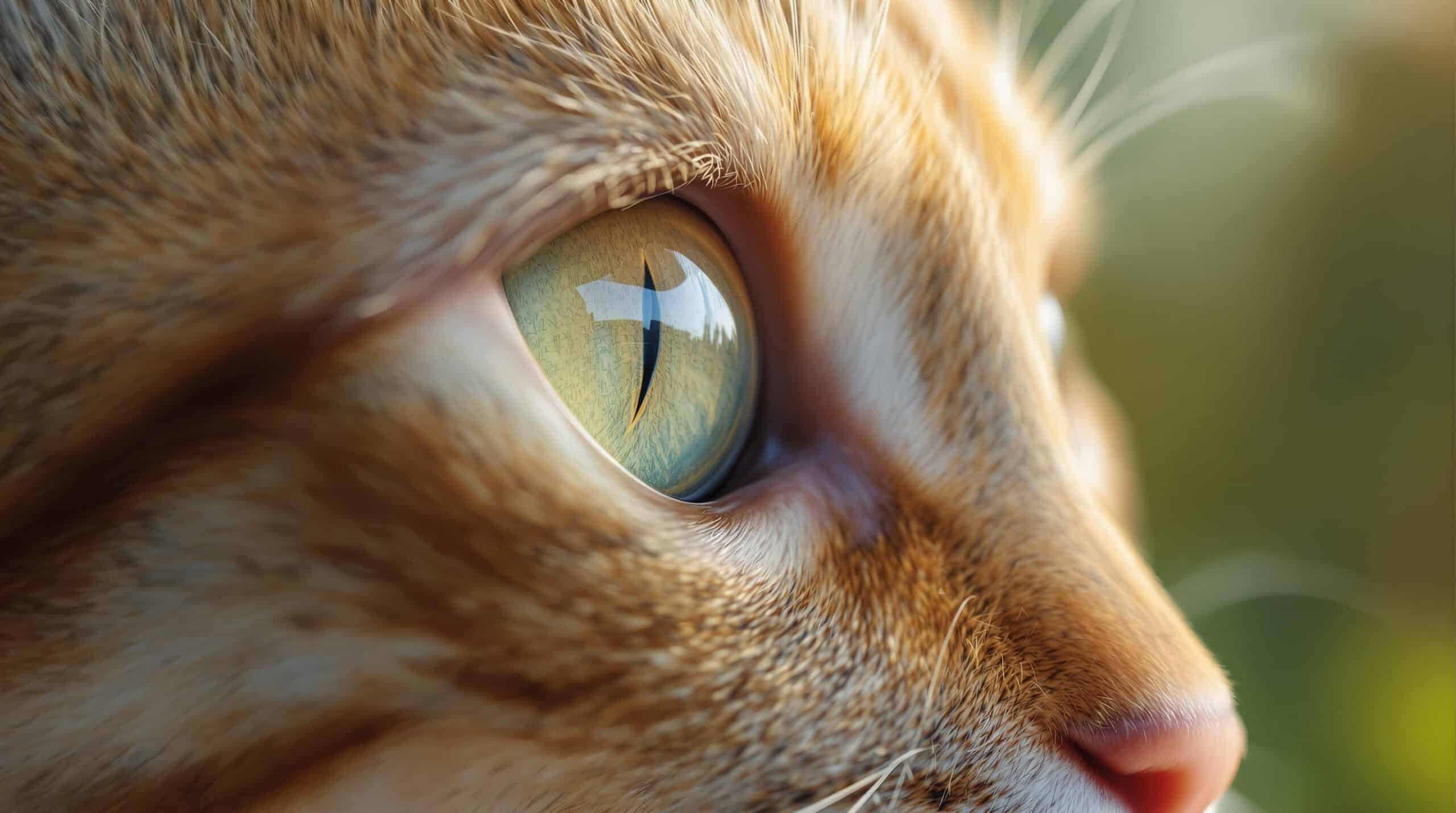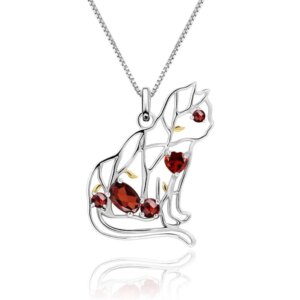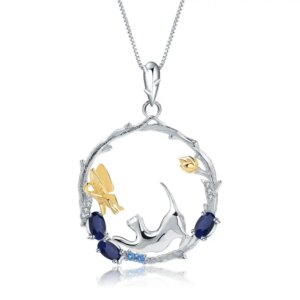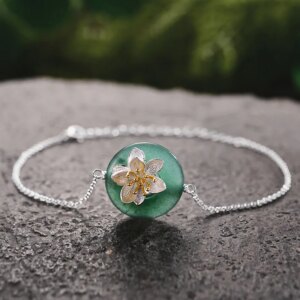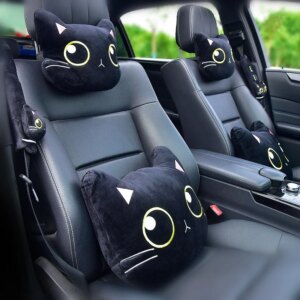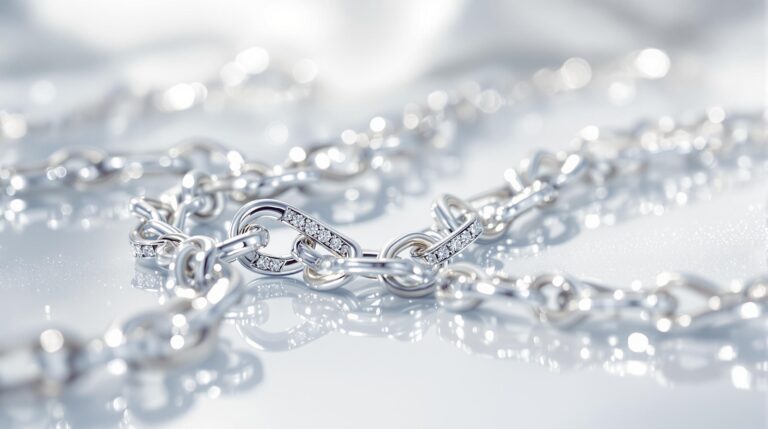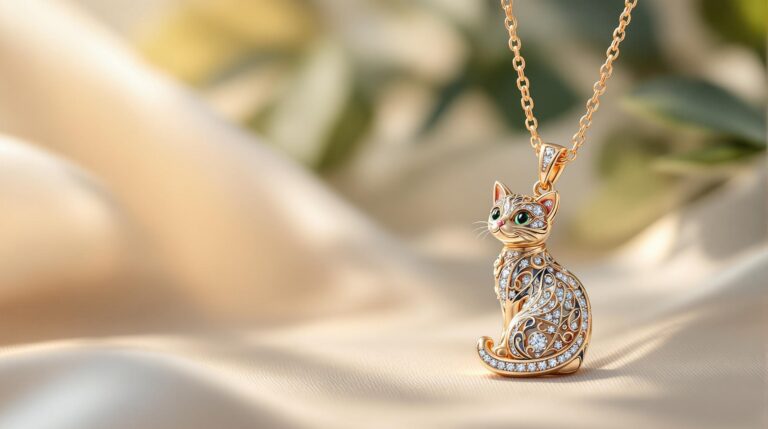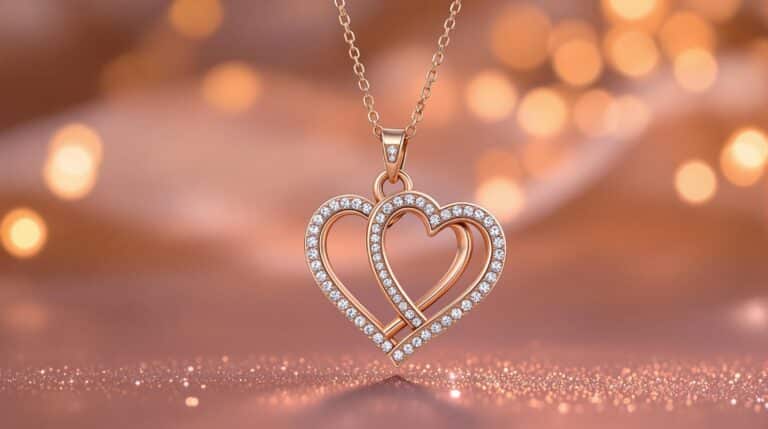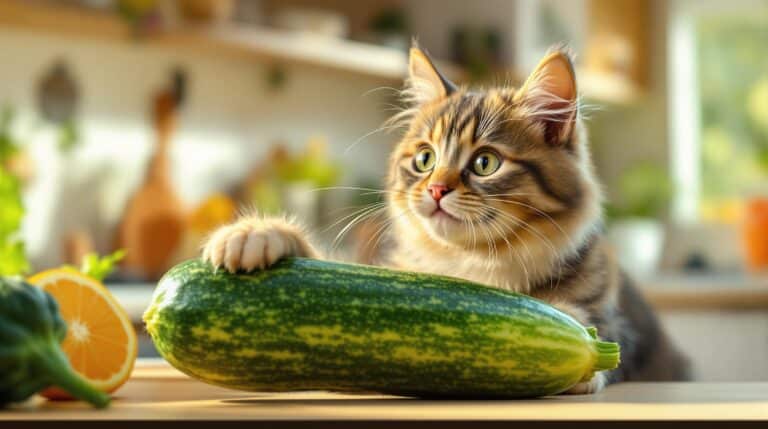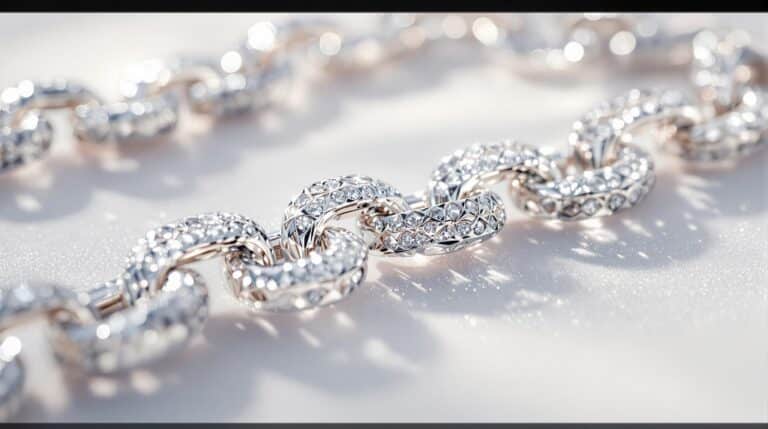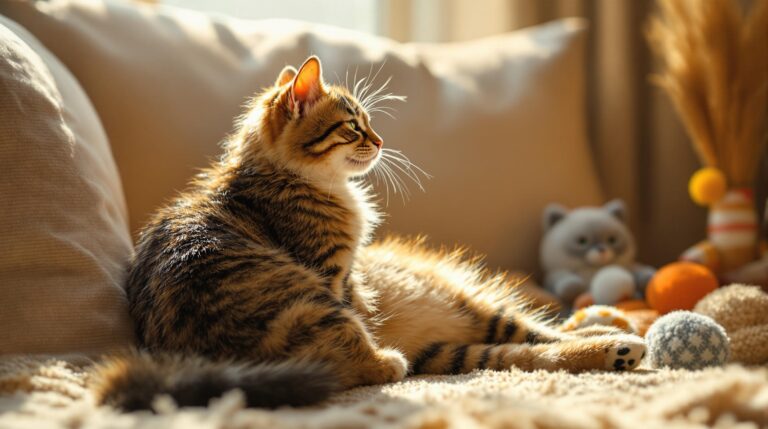Cats pupils meaning can provide valuable insights into their emotional and physical state. At Cat Karma Creations, we delve into the science of cat eye dilation, exploring how it reflects their mood, health, and environment. By the end, you’ll have a deeper understanding of your feline friend and be better equipped to care for them.
The Science of Cat Eye Dilation
Biological Mechanisms
At Cat Karma Creations, we find the biological mechanisms behind cat eye dilation fascinating and crucial for understanding their behavior. Cats have a unique ability to dilate their pupils, which is controlled by the muscles in the iris. This dilation is regulated by the sympathetic nervous system, which is part of the autonomic nervous system. When a cat experiences strong emotions or changes in light, the sympathetic nervous system triggers the dilation of the pupils.
For example, in low light conditions, a cat’s pupils dilate to allow more light to enter the eye, enhancing their night vision. This is particularly useful for their hunting activities, as it helps them spot prey in dim environments. Conversely, in bright light, the pupils constrict to protect the sensitive retina from overexposure. This ability to adjust pupil size is a key feature of feline vision, allowing them to navigate various environments with ease.
Environmental Factors
Environmental factors play a significant role in cat eye dilation. Light levels are one of the most influential factors. In bright sunlight, a cat’s pupils will naturally constrict to reduce the amount of light entering the eye. This helps protect the retina from damage and ensures clear vision. On the other hand, in low light or dark environments, the pupils dilate to allow more light in, improving their ability to see in the dark.
Temperature can also affect cat eye dilation. In cooler environments, the pupils may dilate slightly as the body tries to conserve heat. Conversely, in warmer environments, they may constrict to help regulate body temperature. These subtle changes in pupil size can provide clues about a cat’s comfort level and overall well-being. If you notice any unusual dilation patterns, feel free to reach out to us at info@catkarmacreations.com for advice.
Emotional Indicators
Cat eye dilation is a powerful indicator of their emotional state. When a cat is excited or playful, their pupils may dilate significantly. This is often seen during playtime or when they are hunting. The dilation is a sign of heightened arousal and readiness for action. On the other hand, when a cat is fearful or anxious, their pupils may also dilate. This is a defensive mechanism that prepares them for potential threats.
Understanding these emotional indicators can help you better communicate with your cat and address their needs. For instance, if you notice your cat’s pupils are dilated during play, you can engage them in more interactive activities. Conversely, if their pupils are dilated due to fear, you can create a safe and calming environment to help them feel more secure. At Cat Karma Creations, we offer a range of cat-themed jewelry and gifts that can help you bond with your feline friend.
Common Causes of Cat Eye Dilation
Excitement and Playfulness
One of the most common causes of cat eye dilation is excitement and playfulness. When a cat is engaged in play, their pupils may dilate as a sign of heightened arousal and enthusiasm. This is often accompanied by other behaviors such as increased energy, pouncing, and chasing. Playtime is not only fun for cats but also essential for their physical and mental health. It helps them burn off excess energy, maintain their hunting instincts, and strengthen their muscles.
To encourage playfulness, provide your cat with a variety of toys that mimic prey, such as feather wands, laser pointers, and small balls. Engaging in regular play sessions can also help strengthen the bond between you and your cat. By recognizing and responding to their excitement, you can create a more enriching and stimulating environment for them. You can also find unique and stylish cat-themed jewelry on our website, https://www.catkarmacreations.com.
Fear and Anxiety
Fear and anxiety are other common causes of cat eye dilation. When a cat feels threatened or stressed, their pupils may dilate as a defensive response. This is part of their fight-or-flight mechanism, which prepares them to either confront the threat or flee to safety. Common triggers of fear and anxiety in cats include loud noises, unfamiliar environments, and the presence of predators or other animals.
Recognizing the signs of fear and anxiety is crucial for providing the necessary support. If you notice your cat’s pupils are dilated and they are displaying other signs of distress, such as hiding or aggressive behavior, take steps to create a safe and calming environment. Provide them with a quiet space where they can retreat, and consider using pheromone diffusers or calming aids to help reduce their stress levels. For more tips and insights, follow us on Facebook and Instagram.
Pain and Discomfort
Pain and discomfort can also cause cat eye dilation. When a cat is in pain, their pupils may dilate as a physiological response to the stress and discomfort. This can be a sign of an underlying health issue, such as an injury, infection, or chronic condition. It’s important to monitor your cat for other symptoms of pain, such as changes in behavior, appetite, or mobility.
If you suspect your cat is in pain, it’s crucial to consult a veterinarian for a proper diagnosis and treatment. Pain management is essential for improving your cat’s quality of life and preventing further complications. By addressing the root cause of their discomfort, you can help your cat feel more comfortable and content. At Cat Karma Creations, we are committed to supporting cat welfare and often collaborate with cat rescue charities. You can learn more about our charitable efforts on our website.
Stress and Environmental Changes
Stress and environmental changes can significantly impact cat eye dilation. Cats are highly sensitive to their surroundings, and any changes in their environment can cause them to feel stressed. This can include moving to a new home, the introduction of new pets or people, or changes in their daily routine. When a cat experiences stress, their pupils may dilate as a sign of heightened alertness and unease.
To help your cat adjust to environmental changes, provide them with a consistent routine and a safe, familiar space. Gradually introduce them to new environments and people to help them feel more comfortable. You can also use calming aids, such as pheromone sprays or diffusers, to reduce their stress levels. By creating a stable and predictable environment, you can help your cat feel more secure and relaxed. For more tips, visit our blog on our website.
Health Implications of Abnormal Eye Dilation
Eye Infections
Abnormal eye dilation can be a sign of underlying health issues, including eye infections. Cats are susceptible to various eye infections, such as conjunctivitis, uveitis, and corneal ulcers. These infections can cause inflammation, redness, and excessive tearing, as well as dilation of the pupils. If left untreated, eye infections can lead to more serious complications, such as vision loss or permanent damage to the eye.
It’s important to monitor your cat for any signs of eye infection, such as redness, discharge, or changes in pupil size. If you notice these symptoms, consult a veterinarian for a proper diagnosis and treatment. Early intervention can help prevent the progression of the infection and ensure your cat’s eye health. At Cat Karma Creations, we understand the importance of keeping your feline friend healthy and happy.
Neurological Issues
Neurological issues can also cause abnormal eye dilation in cats. Conditions such as brain tumors, head trauma, and neurological disorders can affect the nerves that control pupil dilation. This can result in uneven pupil size (anisocoria) or persistent dilation. These symptoms can be indicative of a more serious underlying condition and should be evaluated by a veterinarian.
If you notice any changes in your cat’s pupil size or behavior, it’s important to seek veterinary care promptly. A thorough examination and diagnostic tests, such as MRIs or CT scans, may be necessary to identify the cause of the neurological issue. Treatment options can vary depending on the specific condition, but early intervention is crucial for improving your cat’s prognosis and quality of life. For more information, visit our website or contact us at (800) 343-1604.
Systemic Health Problems
Abnormal eye dilation can also be a symptom of systemic health problems in cats. Conditions such as high blood pressure, diabetes, and hyperthyroidism can affect the nervous system and cause changes in pupil size. These conditions can have far-reaching effects on a cat’s overall health and well-being.
Regular veterinary check-ups are essential for monitoring your cat’s health and identifying any potential issues early. If you notice any changes in your cat’s pupil size or behavior, consult a veterinarian for a comprehensive evaluation. Early diagnosis and treatment can help manage the condition and improve your cat’s quality of life. At Cat Karma Creations, we are dedicated to supporting cat health and well-being through our unique and high-quality products.
Behavioral Cues and Cat Eye Dilation
Aggression and Defensiveness
Cat eye dilation can provide valuable insights into their behavioral cues, including aggression and defensiveness. When a cat feels threatened or aggressive, their pupils may dilate as a sign of heightened alertness and readiness for action. This is often accompanied by other behaviors such as hissing, growling, and showing their teeth. Understanding these cues can help you recognize when your cat is feeling defensive and take steps to de-escalate the situation.
If you notice your cat displaying aggressive behavior, it’s important to identify the underlying cause. Common triggers include fear, pain, or territorial disputes. By addressing the root cause, you can help your cat feel more secure and reduce the likelihood of aggressive behavior. Providing a safe and predictable environment, along with positive reinforcement training, can also help modify their behavior. At Cat Karma Creations, we offer a range of products that can help you create a more harmonious and loving relationship with your cat.
Relaxation and Contentment
On the other hand, cat eye dilation can also indicate relaxation and contentment. When a cat is feeling relaxed and content, their pupils may dilate slightly as a sign of comfort and well-being. This is often seen during moments of rest or after a satisfying meal. Recognizing these cues can help you understand when your cat is feeling happy and content.
To promote relaxation and contentment in your cat, provide them with a comfortable and secure environment. Offer them cozy beds, scratching posts, and windowsills where they can bask in the sun. Regular playtime and positive interactions can also help strengthen the bond between you and your cat, leading to a more harmonious and loving relationship. At Cat Karma Creations, we have a variety of cat-themed gifts that can enhance your bond with your feline friend.
Curiosity and Exploration
Cat eye dilation can also reflect their curiosity and exploration. When a cat is curious or exploring their environment, their pupils may dilate as a sign of heightened interest and engagement. This is often seen when they encounter new objects, environments, or scents. Understanding these cues can help you provide enriching experiences for your cat and stimulate their natural curiosity.
To encourage curiosity and exploration, provide your cat with a variety of stimulating toys and activities. Interactive toys, puzzle feeders, and scratch posts can help keep them mentally and physically engaged. Allow them to explore new environments, such as a secure outdoor enclosure or a new room in your home. By providing opportunities for exploration, you can enhance your cat’s cognitive and physical well-being. Visit our website to find unique and stylish cat-themed jewelry and gifts that can make your cat feel special.
| Feature | Cat Eye Dilation | Dog Eye Dilation | Human Eye Dilation |
|---|---|---|---|
| Emotional Indicators | Excitement, Fear, Anxiety | Excitement, Fear, Anxiety | Excitement, Fear, Anxiety |
| Environmental Factors | Light Levels, Temperature | Light Levels, Temperature | Light Levels, Temperature |
| Health Implications | Eye Infections, Pain | Eye Infections, Pain | Eye Infections, Pain |
| Behavioral Cues | Playfulness, Aggression | Playfulness, Aggression | Focus, Relaxation |
| Light Sensitivity | High | Moderate | Low |
- Understand the biological mechanisms behind cat eye dilation and how they differ from other animals.
- Learn how to interpret your cat’s emotional state through their pupil size and dilation patterns.
- Discover the environmental factors that influence cat eye dilation and how to create a comfortable environment.
- Explore the health implications of abnormal eye dilation and when to seek veterinary care.
- Identify the behavioral cues associated with cat eye dilation and how they can help you understand your cat’s needs.
- Gain insights into the unique light sensitivity of cats and how it affects their daily activities.
Popular Quote
“Cats are connoisseurs of comfort.”
— James Herriot
Statistical Fact
According to the American Veterinary Medical Association, approximately 95.6 million cats are owned as pets in the United States. This statistic highlights the widespread love and care for feline companions, emphasizing the importance of understanding their behaviors and needs. For more information, visit the AVMA website.
Three Tips for Understanding Your Cat’s Pupils
- Monitor Light Levels: Pay attention to the lighting in your home and how it affects your cat’s pupils. Adjust the lighting to create a comfortable environment for your feline friend.
- Observe Emotional Cues: Watch for changes in your cat’s pupil size during different emotional states. This can help you better understand their needs and provide appropriate support.
- Regular Vet Check-ups: Schedule regular veterinary check-ups to monitor your cat’s overall health and identify any potential issues early. Early intervention can help prevent more serious health problems.
Popular Questions
- Why do my cat’s pupils dilate when they are scared?
Cat eye dilation during fear is a defensive mechanism that prepares them for potential threats. This is part of their fight-or-flight response, helping them to be more alert and ready to act. - Can stress cause my cat’s pupils to dilate?
Yes, stress and environmental changes can cause cat eye dilation. Cats are highly sensitive to their surroundings, and any changes can trigger a stress response, leading to dilated pupils. - What should I do if my cat’s pupils are dilated and they seem in pain?
If you suspect your cat is in pain, it’s crucial to consult a veterinarian for a proper diagnosis and treatment. Pain management is essential for improving your cat’s quality of life and preventing further complications.
Final Thoughts About cats pupils meaning
Understanding the meaning behind your cat’s pupils can significantly enhance your bond with them. By recognizing the signs of different emotional and physical states, you can provide better care and support. If you notice any unusual dilation patterns, consult a veterinarian to ensure your cat’s health and well-being. Visit our website to find excellent gifts for Cat Lovers and follow us on Social Media for more insights and updates. For more information, contact us at info@catkarmacreations.com or (800) 343-1604.

